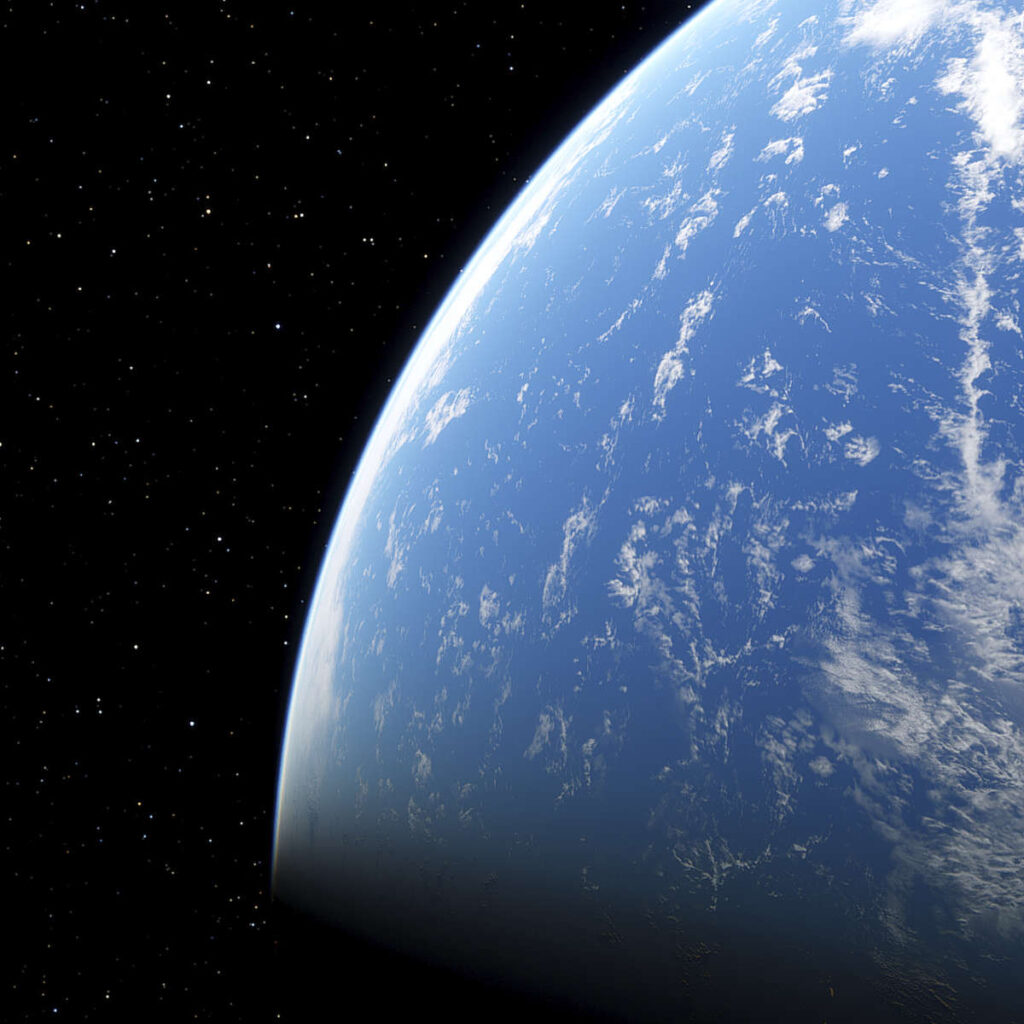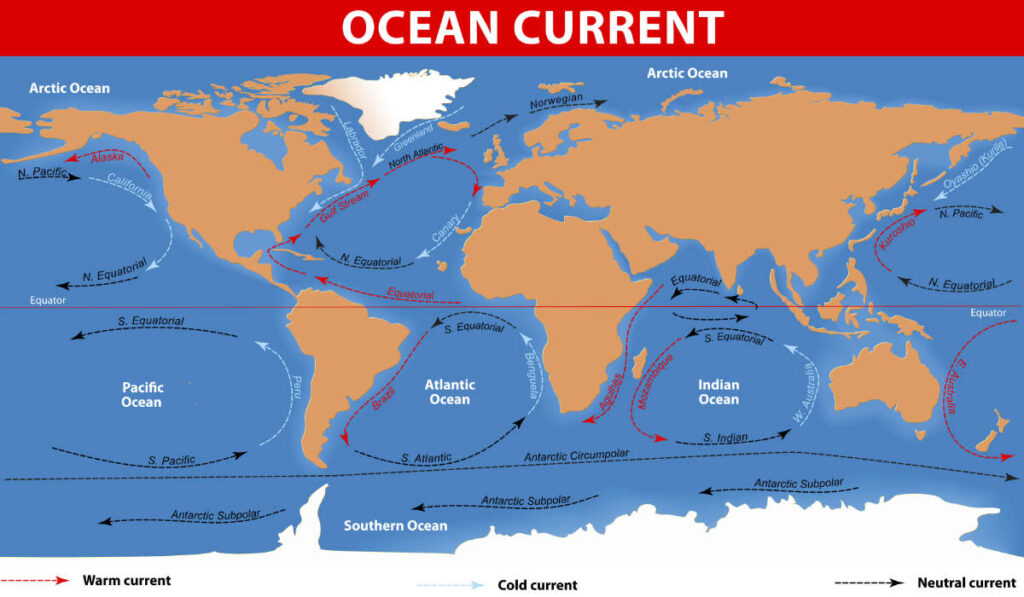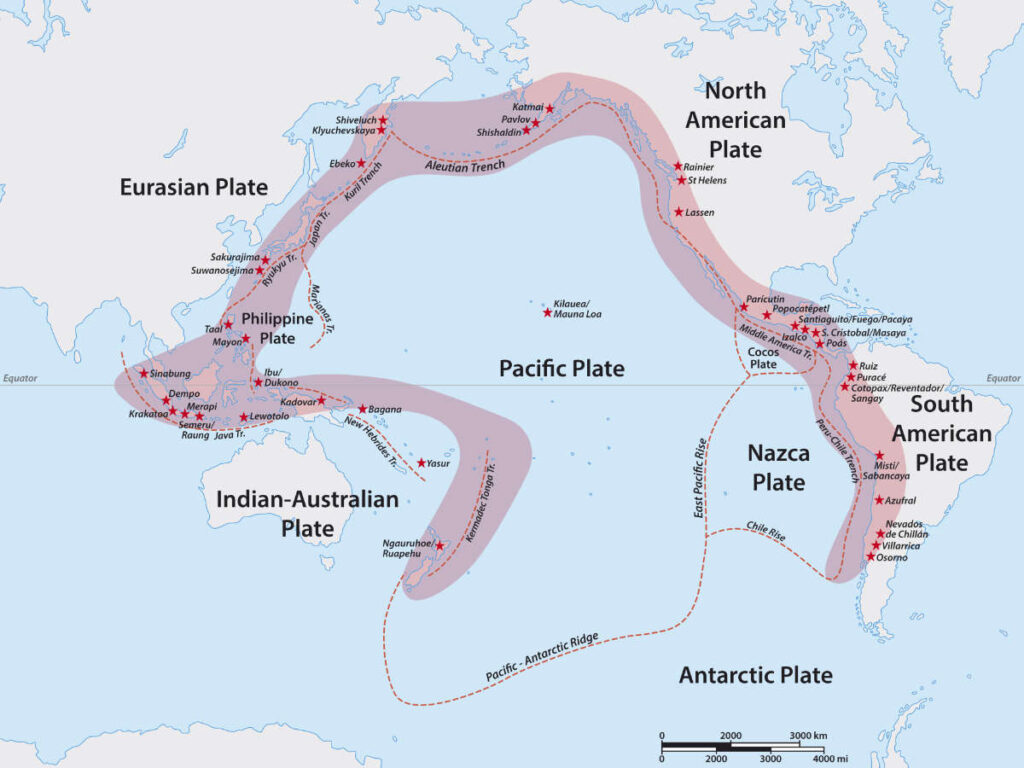Last Reviewed and Updated on June 12, 2022
The ocean is one of the largest and most unexplored parts of the planet. There are many facts about the oceans that you may not know, and some of them are quite shocking. Read on and get to know the oceans a little better.

1. The name ocean derives from greek mythology
The first item on this list of facts about the oceans is rooted in a myth. In Greek mythology, Oceanus was the eldest of The Twelve Titans, offspring of Uranus and Gaia. He was the father of the river gods and Oceanids, the river nymphs. He was also believed to be a great river that encircles the world.
2. Oceans cover about 70.8% of the surface of the Earth
If you ever wondered why the Earth is also called the blue planet, the answer lies in this fact about the oceans – they cover almost 71% of Earth’s surface.

3. They contain about 97% of Earth’s water
Another impressive size fact about the ocean is that they contain 97% of all of Earth’s water. The other 3% can be found in glaciers, underground in rivers and lakes.
If you are a fan of numbers, here is another one for you, 97% of water comes to about 332 million cubic miles of water / 1.3 billion cubic kilometers of water.
4. There are 5 different areas of the ocean on Earth
The ocean is one large body of water, however, we divide that body of water into oceanic divisions, and the names of these divisions are based on the nearest continents.
We have the Pacific Ocean, Atlantic Ocean, Indian Ocean, Southern Ocean, and the Arctic Ocean.
5. Oceans are integral to life on Earth
Oceans play a vital role in the production of the oxygen we breathe, producing over half of the oxygen. It also plays a huge role in climate control, regulating temperatures and weather patterns across the globe.
Most rain comes from the ocean too, so its part in the water cycle is significant.
It’s also the largest ecosystem on the planet.
6. Oceans are divided into different horizontal and vertical zones
Oceans are divided into many oceanic zones, both vertically and horizontally.
The vertical division is as follows
- Photic zone – to a depth of about 200m, where sunlight penetrates the sea surface. This zone consists of only one subzone the epipelagic.
- Aphotic zone – the zone below 200m, where there isn’t enough light to enable photosynthesis. This zone is divided into numerous other zones (by depth); the mesopelagic, bathypelagic, abyssalpelagic, and hadalpelagic zone.
The horizontal division of the ocean is;
- Intertidal zone
- The neritic zone
- The oceanic zone
7. Water continuously circulates in the oceans
The horizontal movements of the ocean are referred to as currents, and they are continuous and their movement is predictable. The currents move like rivers.

8. Currents have an effect on the climate
Ocean currents transport warm water and precipitation from the equator to the poles. The warm water cools down, and the cold water is then moved back from the poles to the equator.
The currents help regulate the climate, distributing the heat and counteracting the uneven distribution of solar radiation.
9. The average depth of the ocean is about 12.000 feet / 3,700 meters
The depth of the ocean varies greatly, from the super shallow to unimaginable depths.
10. The deepest point in the ocean is in the Mariana Trench
The Mariana Trench is the deepest oceanic trench on the planet. It is located in the western Pacific Ocean, east of the Mariana Islands.
The maximum known depth is 36,037 feet / 10,984 meters in the valley known as the Challenger Deep, however,f some measurements that would still need to be confirmed place the deepest portion about 150 feet / 50 meters deeper.
11. Life evolved in the ocean before it did on land
It is most likely the first life evolved in undersea alkaline vents. It would take billions of years before organisms would evolve on land.
12. Most of the animal life on earth is found in the oceans
This might be one of the more surprising facts about the oceans. While the land dominates when it comes to total biomass and the biomass of bacteria, fungi, and plants, the ocean takes the lead when it comes to animals.
13. The longest mountain range is in the ocean
If you aren’t just focusing on mountain ranges on land, you will find that the longest mountain range is actually below water.
The longest mountain range in the world is the mid-ocean ridge system. It extends over 40,389 miles / 65,000 km, making it almost 10x longer than the Andes, the longest mountain range above water.
14. Most volcanoes are in the ocean
Volcanoes on the land can be quite terrifying but when it comes to numbers they can’t hold a candle to underwater volcanoes. The number of underwater volcanoes is estimated to be over 1 million, most located in the area known as The Ring of Fire.
Find volcanoes fascinating? Read these facts about volcanoes.

15. Oceans are our greatest source of oxygen
The estimates of oxygen produced in the ocean are anywhere from 50 to 80%. Wondering how? The oxygen is produced in the same way as on land, through photosynthesis of the plants (kelp, algal plankton, phytoplankton).
16. Oceans are still a big mystery for us, with the majority of their parts being unexplored
We may be exploring the edges of our solar system and even beyond but we’re still far away from exploring all of our oceans.
Over 80% of the oceans still remain unexplored and unmapped. This is the most shocking out of all facts about the ocean.
17. The Pacific ocean is the largest of the oceans
The Pacific Ocean is the largest of the five oceans and The Arctic Ocean is the smallest of the five.
18. After about 1000m the ocean is pitch black
Last but not least important from these facts about the oceans. The amount of light is close to 0 at as little as 200m. It is still detectable up to about 1000m and after that depth, it’s pitch black. Bring a lamp.
